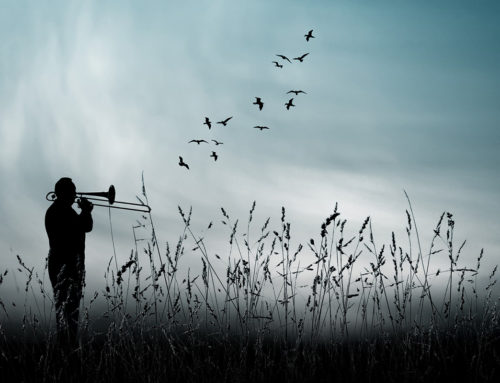Gaining a New Perspective

MAXREZ BLOG • STEVEN J. GILBERT • July 23, 2019
What’s your perspective on life? Have you been seeing everything at an average angle? Well, it’s time to try something new! Quit walking around and taking photos and video at eye-level and try High, Low, Near, Far. Use these four angles to gain a new perspective on things you see and capture. Uncle Joe angle just ain’t cutting it anymore!
If you’re on social, what stops you to look at a post after endless scrolling? I bet it’s something pretty cool or different. Or at the least – eye catching! It’s capturing the same subjects, but in a new and different way. That’s a part of being extraordinary! Here’s a great place to start to fit into that category with your images, video, and other content.
What’s Your Angle?
Are you willing to bend your knees to get down low for a shot with a child or pet? You may have to if you don’t want to take shots of the top of their head from above! Also, raising your hands above your head is a great way to get the high shots of taller subjects. Or look down at your feet the next time you’re at the beach or another location. There’s interesting things to capture down there as well. For the close ones, go extreme! There’s a whole world to explore close up! Finally, for the far shots use things in the frame for perspective. A surfboard close up looks a whole lot different than if it’s out in the water. Or even a giraffe on the Serengeti looks small. At least until you stand next to one. While video allows moving pictures to tell a story, a photograph gives you a single frame. But, in the end, the composition may be very similar. So, what story are you trying to tell?
Remember, there’s only one purpose of taking photographs or shooting video. TELLING A STORY!
What’s Your Story
Telling a story is always about perspective! However, it is your perspective, not the viewer. The responsibility to tell the story falls directly on your shoulders. The viewer still has an important role to give meaning to what they’re watching and ultimately reacting to. And this sort of feedback lets the storyteller know if they succeeded, or not, in telling the story a certain way to gain the desire reaction from their audience. A storyteller usually wants their viewers to feel a certain way and possibly persuade them to come up with the same conclusions they did. Storytelling can be very persuasive in that way! It could also have deeper meaning or be completely superficial or even comedic. Whatever your desired reaction is of your audience; if somehow you can connect with them and maintain their attention, you’ll captivate and connect with them in a very intimate way to communicate your story. Good stories seem to be remembered easier than bad ones and may last for generations to come. So, where do you start from?
Everything, including stories, starts from an idea! But, telling a story may be too involved or too big to be told in a reasonable amount of time. That’s where a story angle comes in. It’s a smaller chunk of the bigger picture. A story angle is something completely different than a camera angle. Although, determining the story angle may help with that. A story angle is easier to be consumed by the viewer and may not take as long to produce, but at the same time be thorough and interesting enough in telling a complete story. You want your audience after viewing the story to have more questions answered than asked. So, how does a camera angle come into play?
Choosing Your Camera Angles
Going back to high, low, near, far; choosing angles is important to the story’s perspective and engaging the viewer to be a part of the action in a single frame, series of shots, or a film sequence. When a viewer is engaged, the outside world comes to a standstill and is shutout of the viewing experience; at least until you lose their attention or a distraction happens that takes them out of the “moment”. That is why holding a viewer’s attention is so important! The camera angles are a part of storytelling and are intentional decisions to emphasize what you are trying to communicate. It also could be interesting to the viewer. People are creatures of habit and are conditioned to see things a certain way because they’ve always been presented that way. When it’s something new and different of the same old subject it causes delight and wonder. Use this knowledge to your advantage when choosing your shots. Be extraordinary! But, don’t think you have to only use high, low, near, and far shots to tell your story. Just mixed them in to spice things up to make the expected unexpected. Remember: what is communicated is up to the storyteller to determine… and that’s a huge responsibility!





